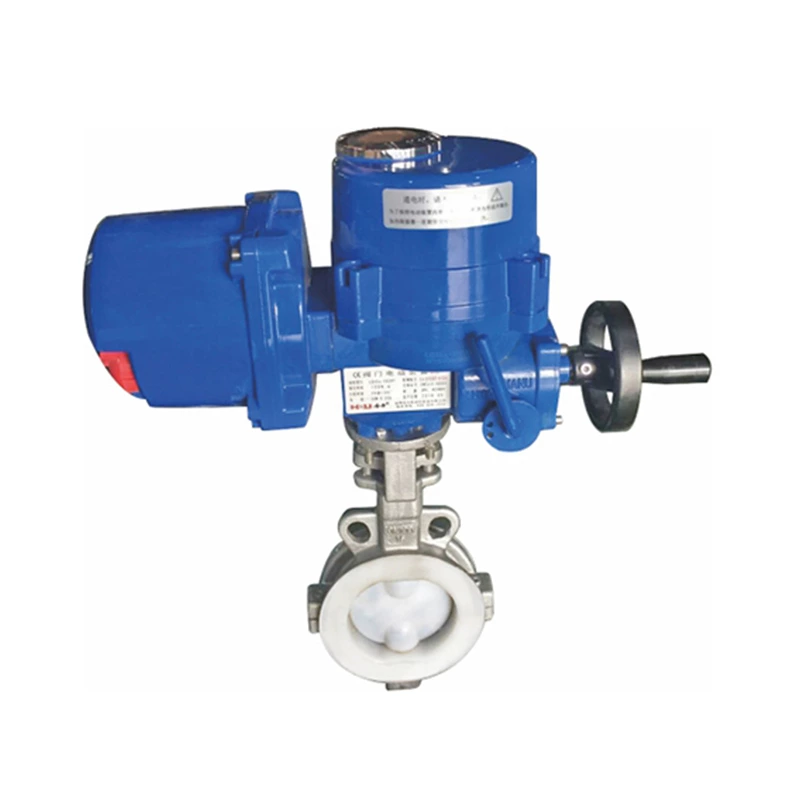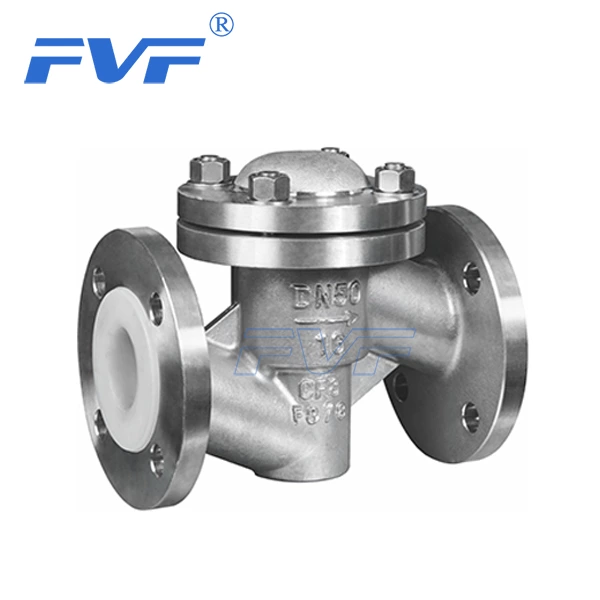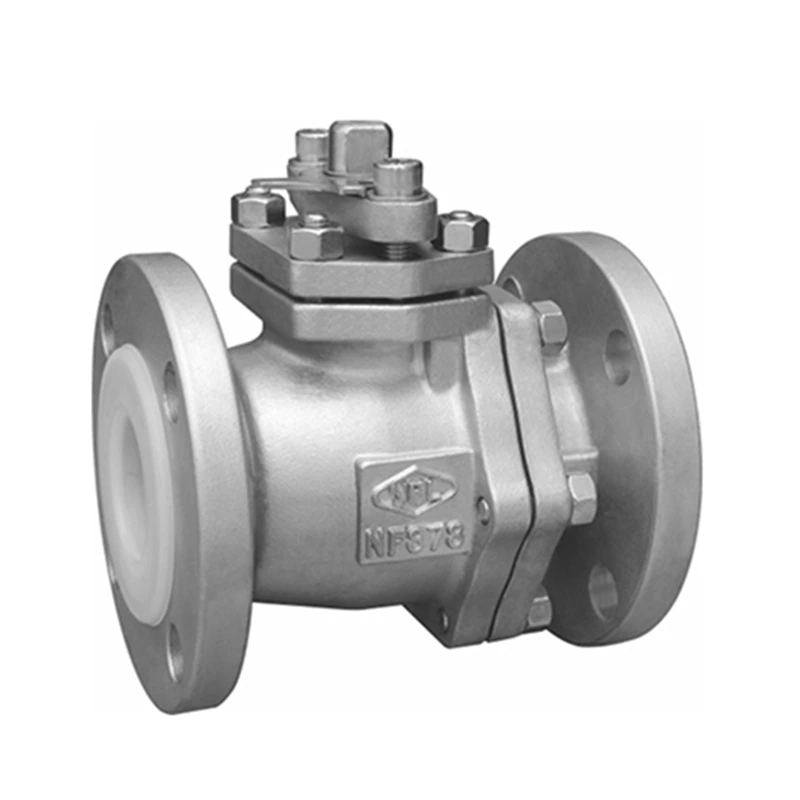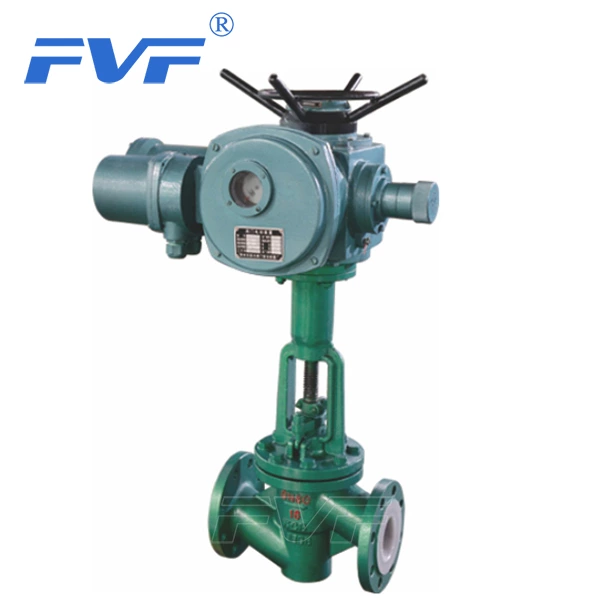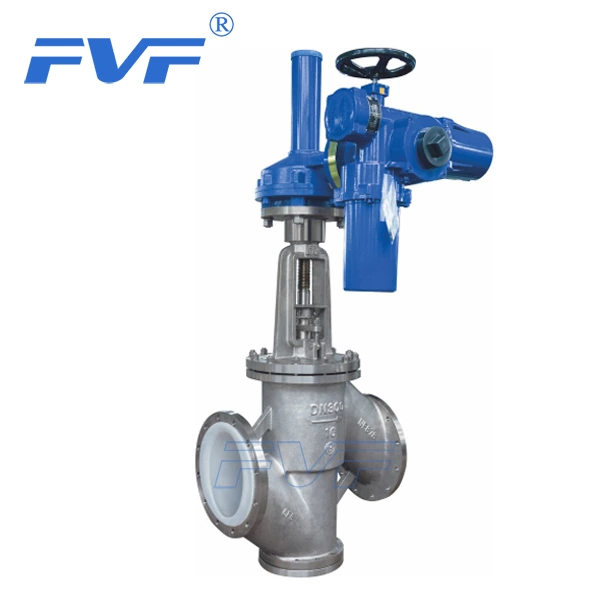Introduction To The Characteristics And Usage Of Butterfly Valves, Characteristics Of Butterfly Valves, Characteristics Of Triple Eccentric Butterfly Valves
According to the connection type, it can be divided into flange connection and clamp connection; according to the transmission system, it can be divided into manual, gear transmission, pneumatic, hydraulic and electric.
Lined Butterfly Valve refers to a valve whose closing part (valve disc or butterfly plate) is a disc, which rotates around the valve shaft to achieve opening and closing. It is mainly used for cutting and throttling on the pipeline. The butterfly valve opening and closing part is a disc-shaped butterfly plate, which rotates around its own axis in the valve body to achieve the purpose of opening and closing or regulation. The butterfly valve is usually less than 90° from full opening to full closing. The butterfly valve and butterfly stem themselves have no self-locking ability. In order to position the butterfly plate, a worm gear reducer should be installed on the valve stem. The use of a worm gear reducer can not only make the butterfly plate have self-locking ability and stop the butterfly plate at any position, but also improve the operating performance of the valve.
The characteristics of industrial special butterfly valves are high temperature resistance, high applicable pressure range, large nominal diameter of the valve, carbon steel valve body, and metal ring instead of rubber ring for the valve plate sealing ring. Large high-temperature butterfly valves are made of steel plate welding and are mainly used in smoke and air ducts and gas pipelines for high-temperature media.
The advantages of butterfly valves are as follows:
1. It is easy to open and close quickly, labor-saving, and has low fluid resistance, so it can be operated frequently.
2. It has a simple structure, small size, and light weight.
3. It can transport mud and accumulate the least liquid at the pipe mouth.
4. Under low pressure, it can achieve good sealing.
5. Good adjustment performance.
The disadvantages of butterfly valves are as follows:
1. The operating pressure and working temperature range are small.
2. The sealing performance is poor.
Butterfly valves can be divided into offset plate type, vertical plate type, inclined plate type, and lever type according to the structural form. According to the sealing form, they can be divided into two types: relatively sealed type and hard sealed type. The soft sealing type generally uses rubber ring sealing, and the hard sealing type usually uses metal ring sealing.
According to the connection type, it can be divided into flange connection and clamp connection; according to the transmission mode, it can be divided into manual, gear transmission, pneumatic, hydraulic and electric.
The following points should be noted when installing and maintaining butterfly valves:
1. During installation, the valve disc should be stopped in the closed position.
2. The opening position should be determined according to the rotation angle of the butterfly plate.
3. For butterfly valves with bypass valves, the bypass valve should be opened before opening.
4. Installation should be carried out according to the manufacturer's installation instructions. Heavy butterfly valves should be provided with a solid foundation.
